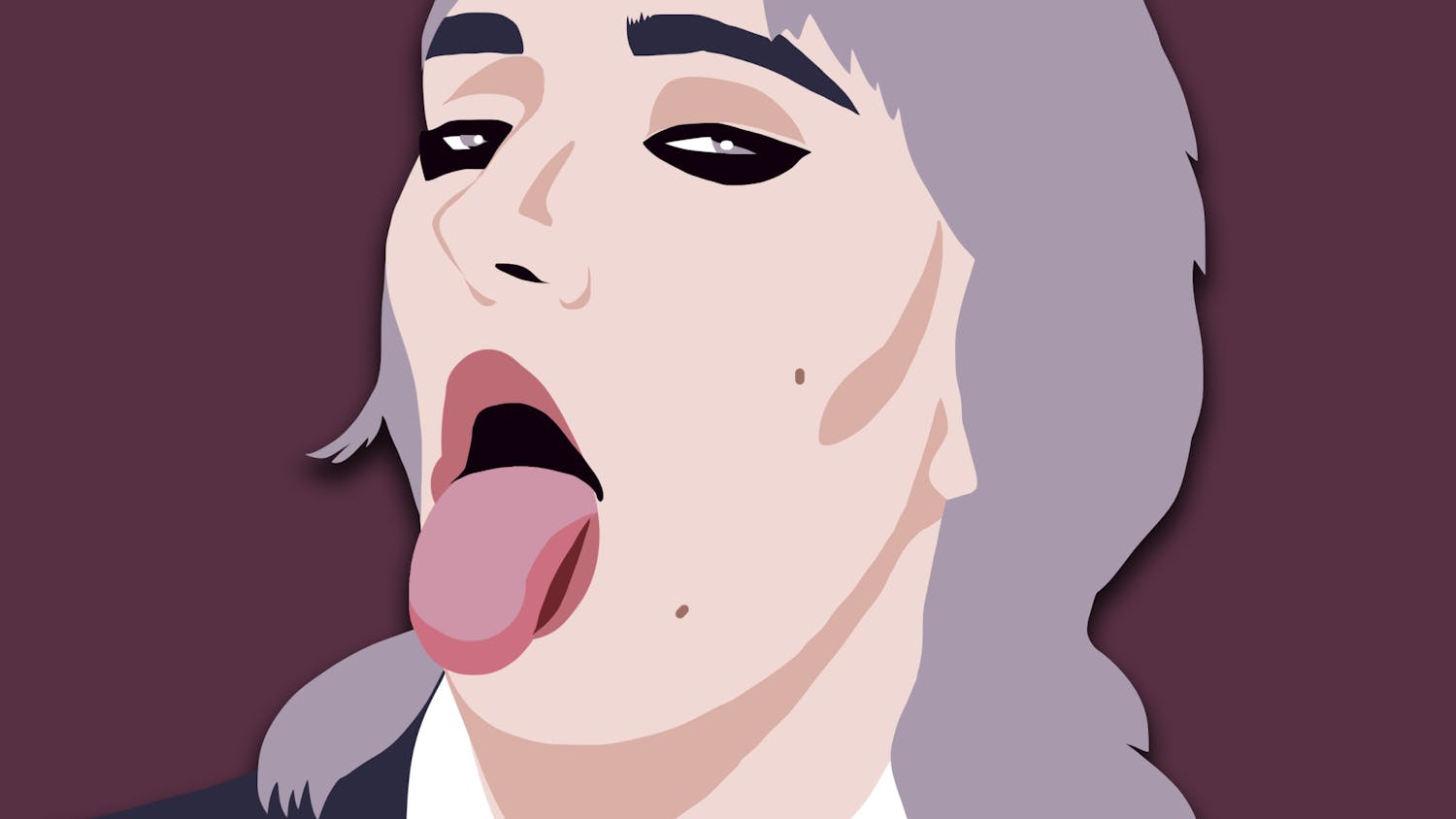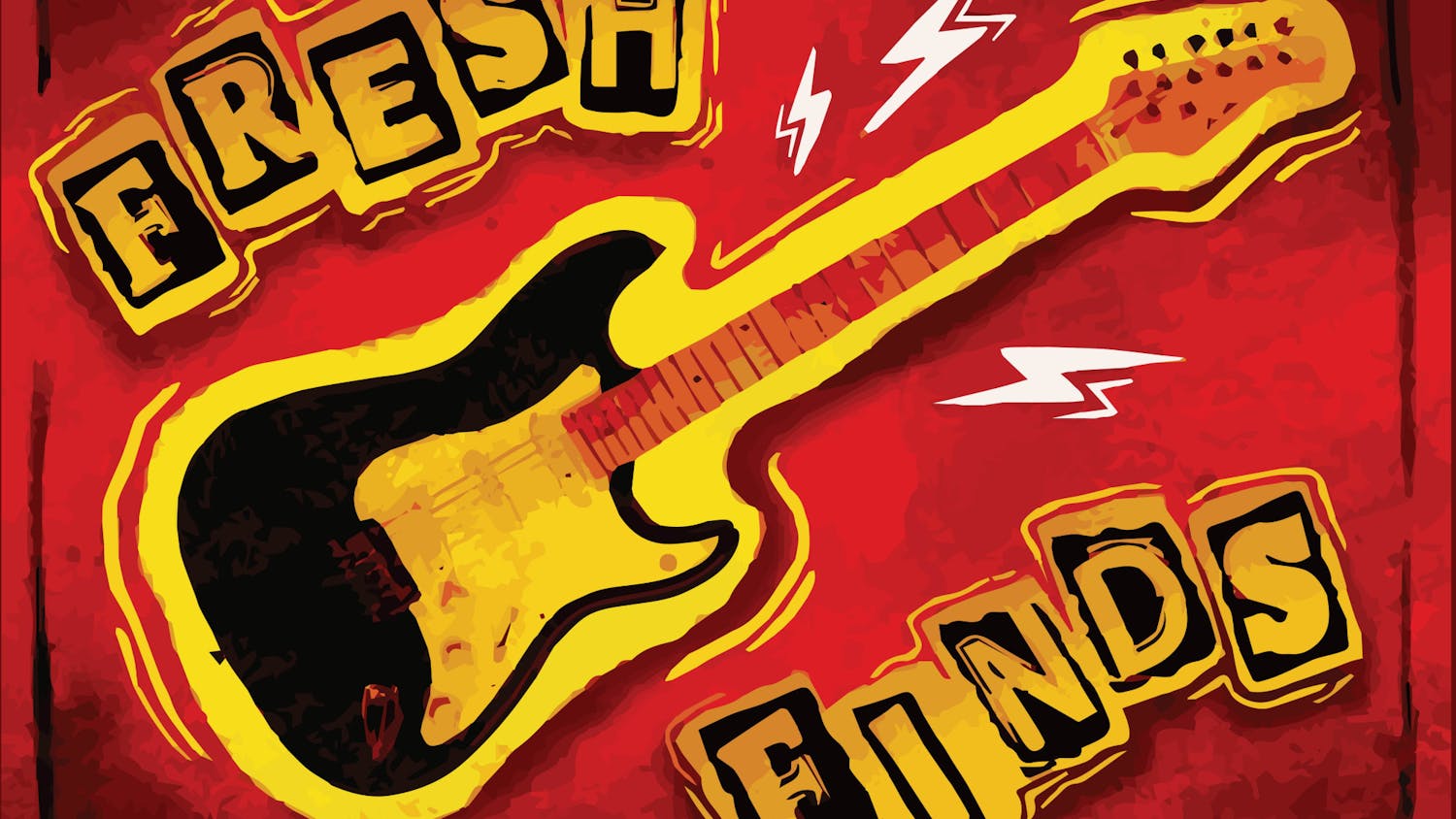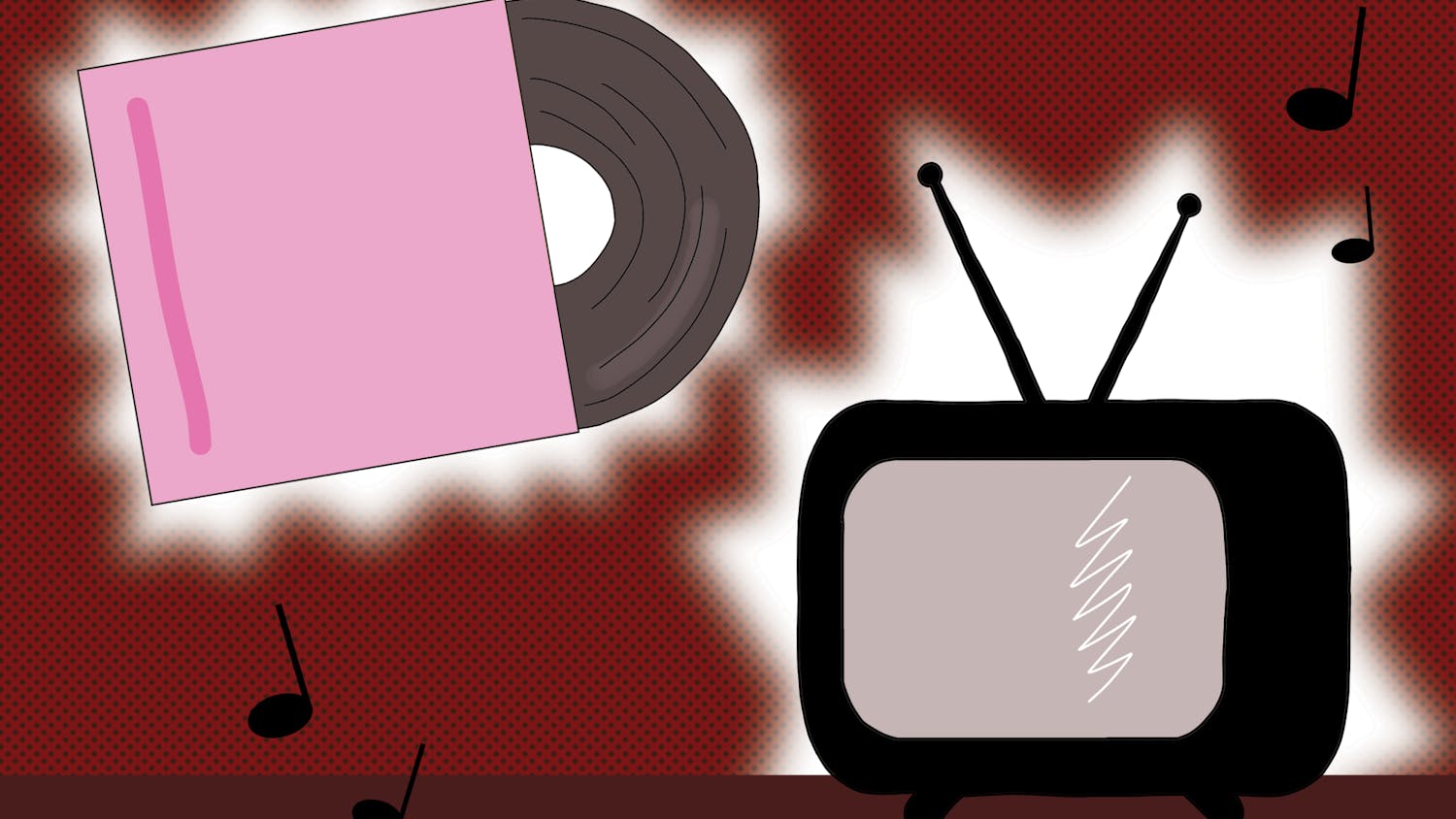When Cuphead was first announced at the Electronic Entertainment Expo 2015 at the Xbox showcase, fans were left with excitement, confusion and most of all wonder. Small snippets of gameplay were shown throughout the year, revealing the game to be a boss rush compilation. Players would take control of Cuphead, a small 1930s cartoon figure inspired by the likes of Steamboat Mickey.
Nothing like that in gaming history has been presented before and its unique premise and art design drove the game to the spotlight. However, the story of how the game was made doesn’t come without any cracks.
Countless game delays, mixed demo reception, limited information released about the game and Xbox exclusivity caused some to be skeptical about the game. Could an indie game bring the cartoons from the 30’s back to life or would the steamboat stay under sea?
Cuphead’s story begins as simply as any animated cartoon from the ‘30s should. Cuphead and his pal, Mugman, like to have some fun and roll the dice whenever they find a chance to take a plunge. While walking around, they stumble upon King Dice’s casino. They start rolling the dice and then the Devil shows up. He tells Cuphead and Mugman that if they beat him in a game of dice, he’ll grant them powers beyond their imagination. If they lose, well, they lose their lives and their souls belong to the Devil himself.
Cuphead takes the bet with Mugman worried about their fates. Cuphead loses, thus leaving the duo pleading for their lives. The Devil tells them to get the signatures from those who didn’t go through their part of the deal with the Devil. It’s now Cuphead and Mugman’s job to find those high personals and get those contracts or their souls will down with the Devil.
The story captures the ‘30s cartoon style with ease and actually helps the game’s progression without pushing the gameplay to the side. Often time in games, the story overshadows the core of what the game is supposed to be. The charming and simple story of Cuphead is just what it needs. It allows the gameplay to shine through the fuzzy vintage screen.
In the beginning of Cuphead’s development, the marketing was confusing on what the game was. From the reveal trailer back in 2015, it was marketed as a boss rush game where the difficulty would be the selling point along with its unique visual style. Later, the developers for Cuphead, MDHR, said platforming levels were going to be a part of the Cuphead experience along with the boss fights. That left fans wondering what the equation was going to look like after the game was finished.
After the first “run and gun” level was shown, the reception was split. The main criticism was that the screen wasn’t extended far enough, thus leaving the player vulnerable to attacks that couldn’t be seen and dodged in time. After the mixed reception, MDHR went quiet, announced a delay and started working behind the covers. Now, Cuphead is out in the wild and the problems were left uncured.
Cuphead should be congratulated for its simple tutorial. It allows the player to understand how precise the controls are. When the player jumps, they jump. When they dunk, parry, shoot or dash, it works like a well-oiled machine. After the tutorial, the player is introduced to the hub world where there’s non-playable characters to talk to, coins to find, bosses to crush and guns to run.
Cuphead doesn’t make the player go to this boss first or that platforming level first. Instead, it allows the player to choose between Ribbit Frogs, Root Pack or Hilda Berg. Each boss brings its own play style and patterns, making the player think differently with each boss. It is one of the fundamental steps in game design, giving the player a new experience with the same materials but a different shade of paint. When fighting against the clown, the players has to dodge the carts, make sure to parry right on time otherwise they will lose a HP. It often leads to frustrating moments, but it’s worth it when “A KNOCKOUT!” is plastered on the screen. After an intense boss fight, it’s hard to stop playing.
Cuphead allows the player to choose from a wide era of weaponry and skills called “charms” that will help them be best suited for the upcoming challenge. The straight shooter, charge attack or close fire with high damage each comes with their own advantages and consequences. Players might be able to get more damage done while up close but they will be more likely to lose a health. Some bosses work well with different weapons and charms.
Charms allow the player to have one more hit point, or a smoke dash, first parry free and so forth. The charms are somewhat useless except for two, which were the smoke dash and extra hit point. For example, in the final boss against “The Devil,” using charge attack for the first phase doesn't work because the other weapons aren’t useful since he’s not straight across from you. The player can get precise and powerful attacks with the charge weapon. Then, on the final phase, they pull up the close range powerful gun because now they’re close enough to him where they can do a high enough amount of damage without worrying about losing health. When boulders were falling, players could use smoke dash so they can pass through the boulders without losing health.
It’s, again, where Cuphead makes the player think about its decisions and go into a battle with a different set of cards. Each boss is a new experience, allowing the player to think, play and demonstrate strategic skills in a genre where that’s been unheard of.
Cuphead’s “Run and Gun” stages are the side dish to the main piece, and that isn’t a bad asset at all. The stages are like the boss fight in which if the player dies, they must go back from the beginning and repeat the difficult cycle. The “Run and Gun” sections are a palate cleanser from the boss fights. It’s a fresh experience and allows the player to get ready for the next boss, though these levels are just as difficult. They’re nothing special, but a nice addition nonetheless. It’s questionable if they should be put in the game in the first place, but it’s unclear if the game would have overstayed its welcome by the end. The stages have its place for that reason, and players should applauded MDHR for keeping them in there after the criticism.
Imagine waking up on a Saturday morning. Turning on the TV and seeing Popeye, Mickey Mouse or a Donald Duck cartoon. The grainy picture quality, the scratchy voices with bombastic tone and bass texture and bright colors are all trademarks of the cartoons from the ‘30s and decades to come. Cuphead captures the simplicity of this design in all its glory without pulling any strings. Everything is authentically made for a game in 2017 calling back to the 1930s.
Right from the start up screen, the barbershop quartet sings a song about how Cuphead got into this deal with the Devil. From hitting the start button and hearing the wallop noise, the bar bells with defeating an enemy, and the credit music, everything feels like it was pulled right out of the cartoons, but with a freshness to it that couldn’t be found back in the day. In simple terms, it’s old but feels new.
Like Sonic MANIA, the soundtrack is a masterpiece with bombastic trumpet and trombone melody. Bass lines feel like they’re walking with the player during the stages and helping during a boss fight. The music is reactionary, too, especially with boss fights. For example, when the one-headed dragon turns into three, the music comes to a screech and the tempo starts raising. The tension rises but also the pure joy of just playing and enjoying the experience. The visuals and audio are probably the main reason why people are picking up the game in the first place.
Right from the beginning, Cuphead shows the player an experience and tale not told in gaming history. Its implacable bosses felt like they were pulled straight from the best bosses in gaming. The level of thought, creativity, hand drawn designs and craftsmanship that went in this product can’t be ignored. All the bosses, the visuals, music and characters are memorable. Anyone who enjoys a hard platformer should give this game a try (it’s going to be more than a few). With the rocky start, Cuphead had a smooth finish and a well shined product. More games should be made like this, but it’s the novelty that makes Cuphead so special. The game gives players an experience worth savoring for the decades to come.
Rating: 4.5/5
@ritchey_grant






